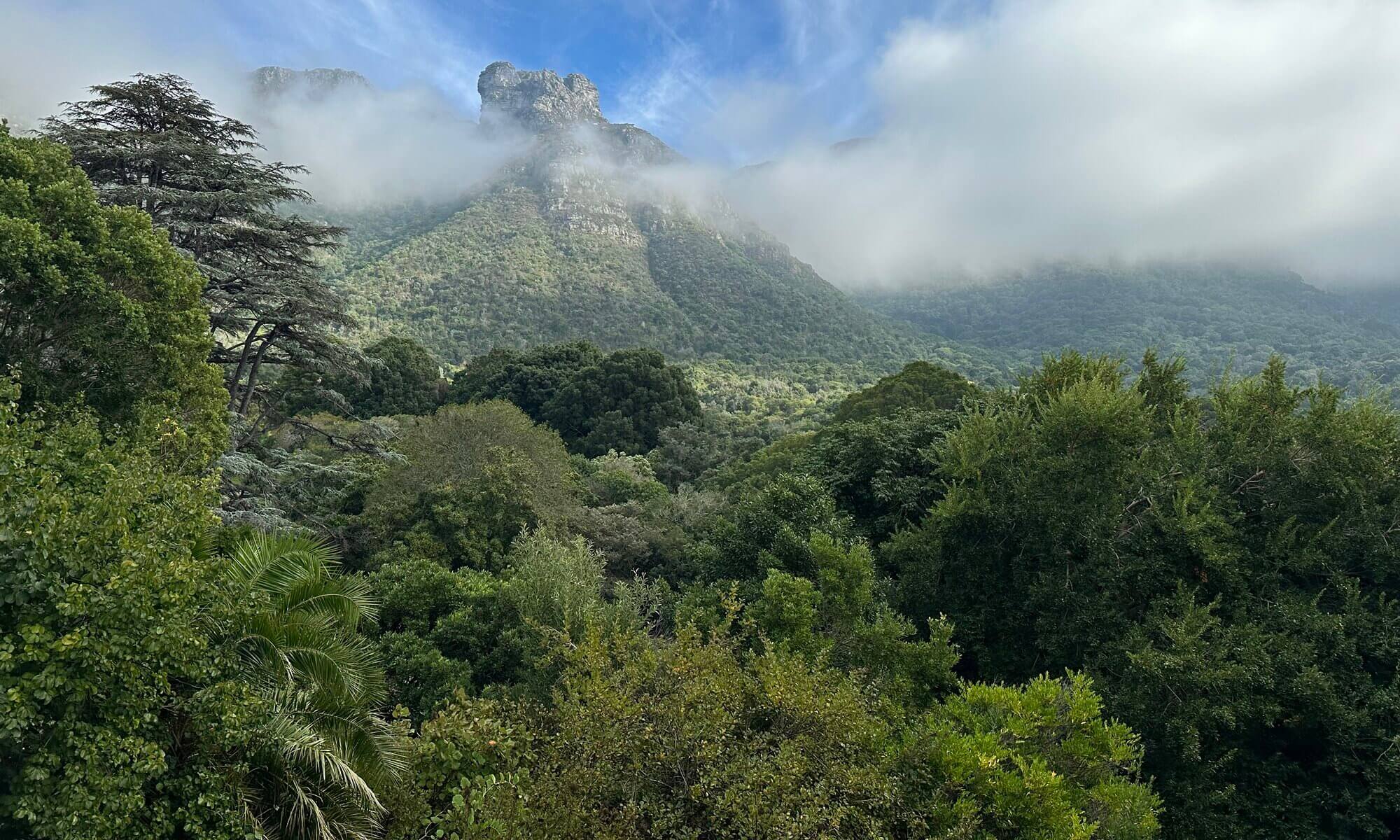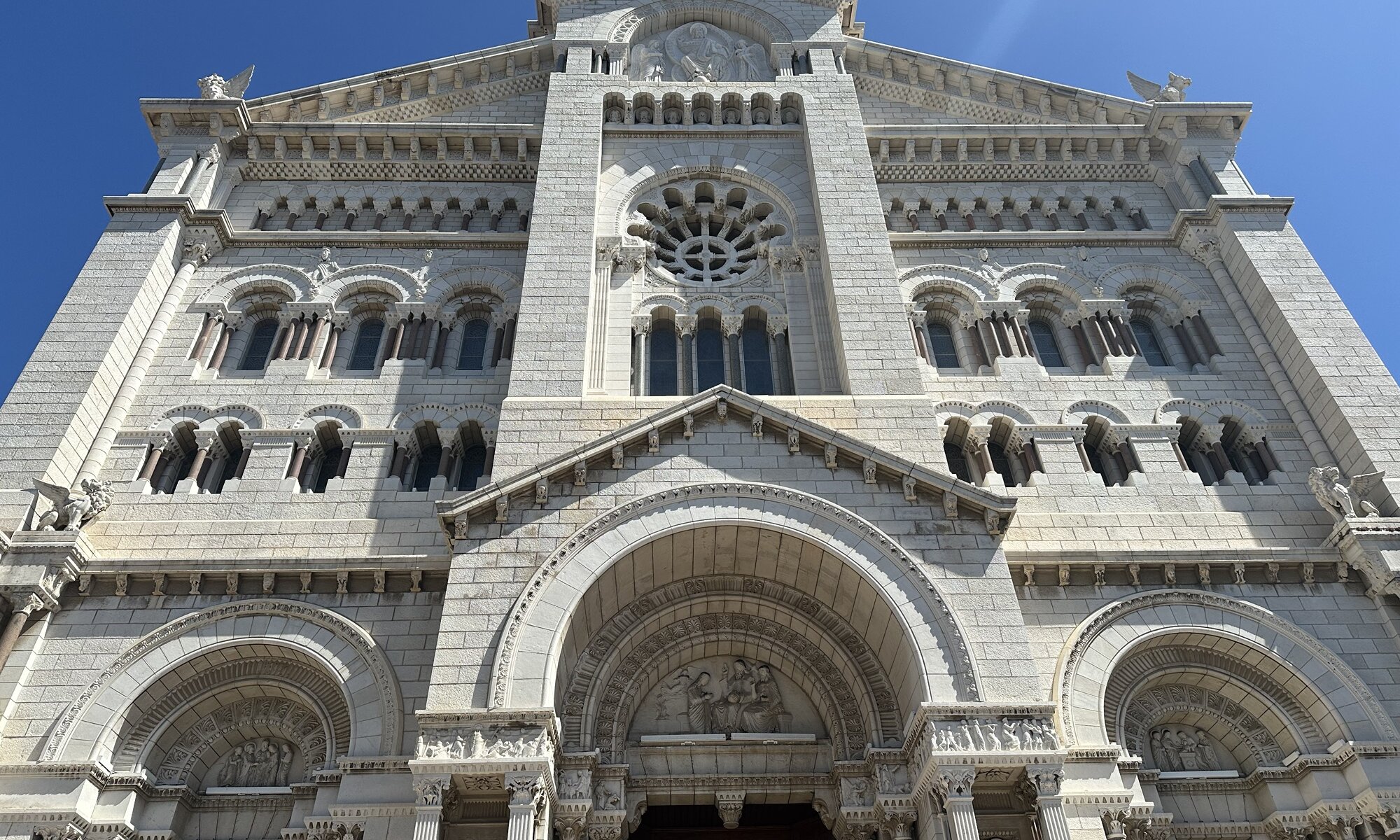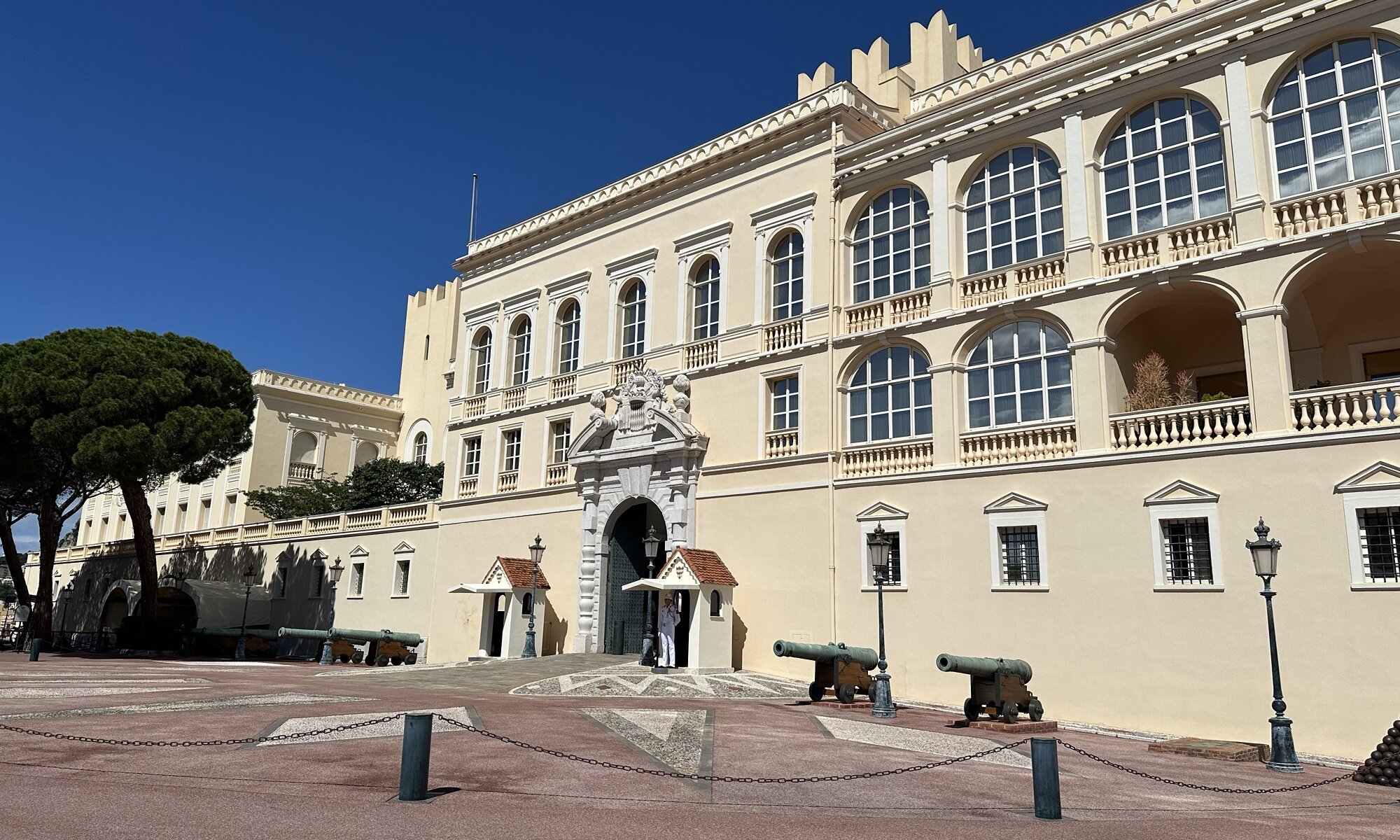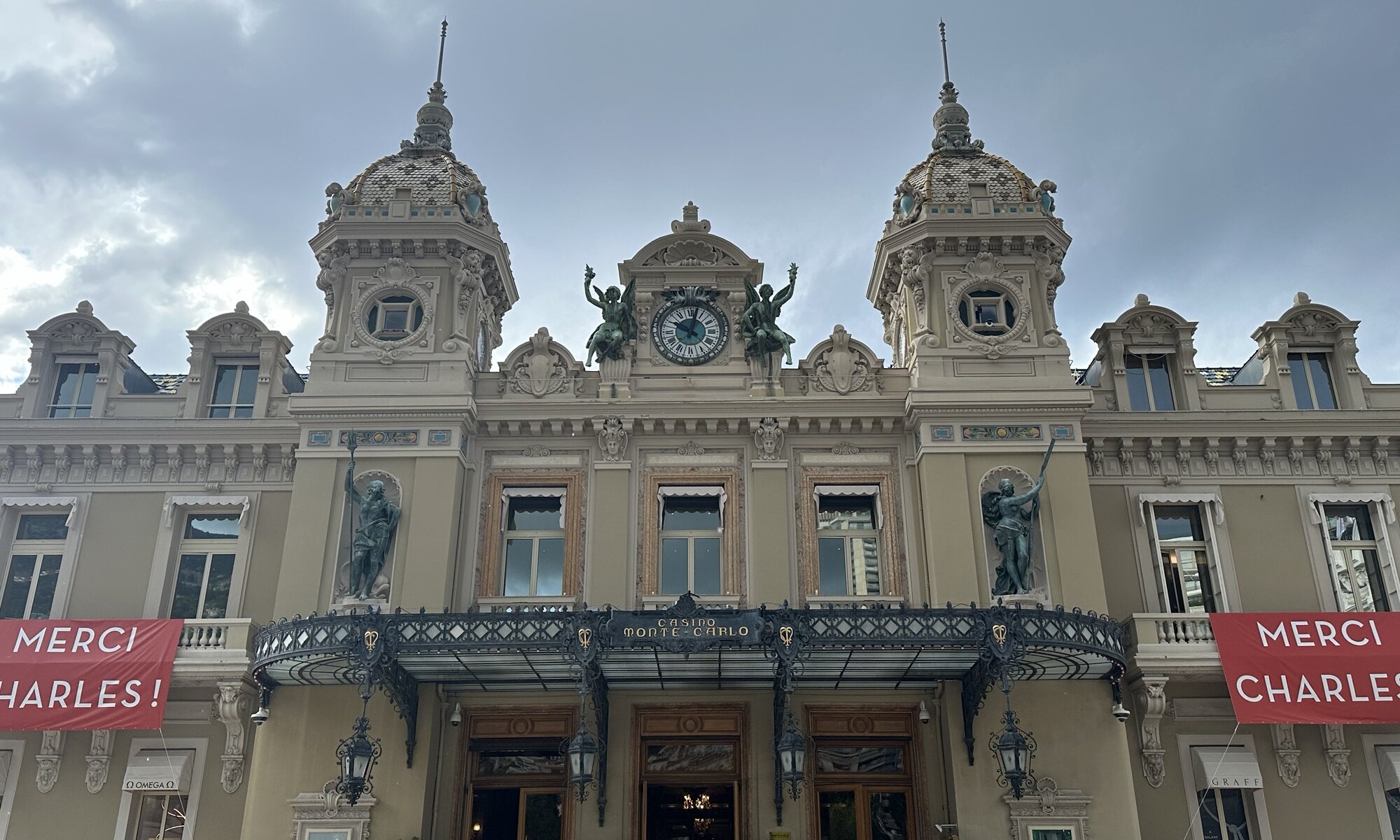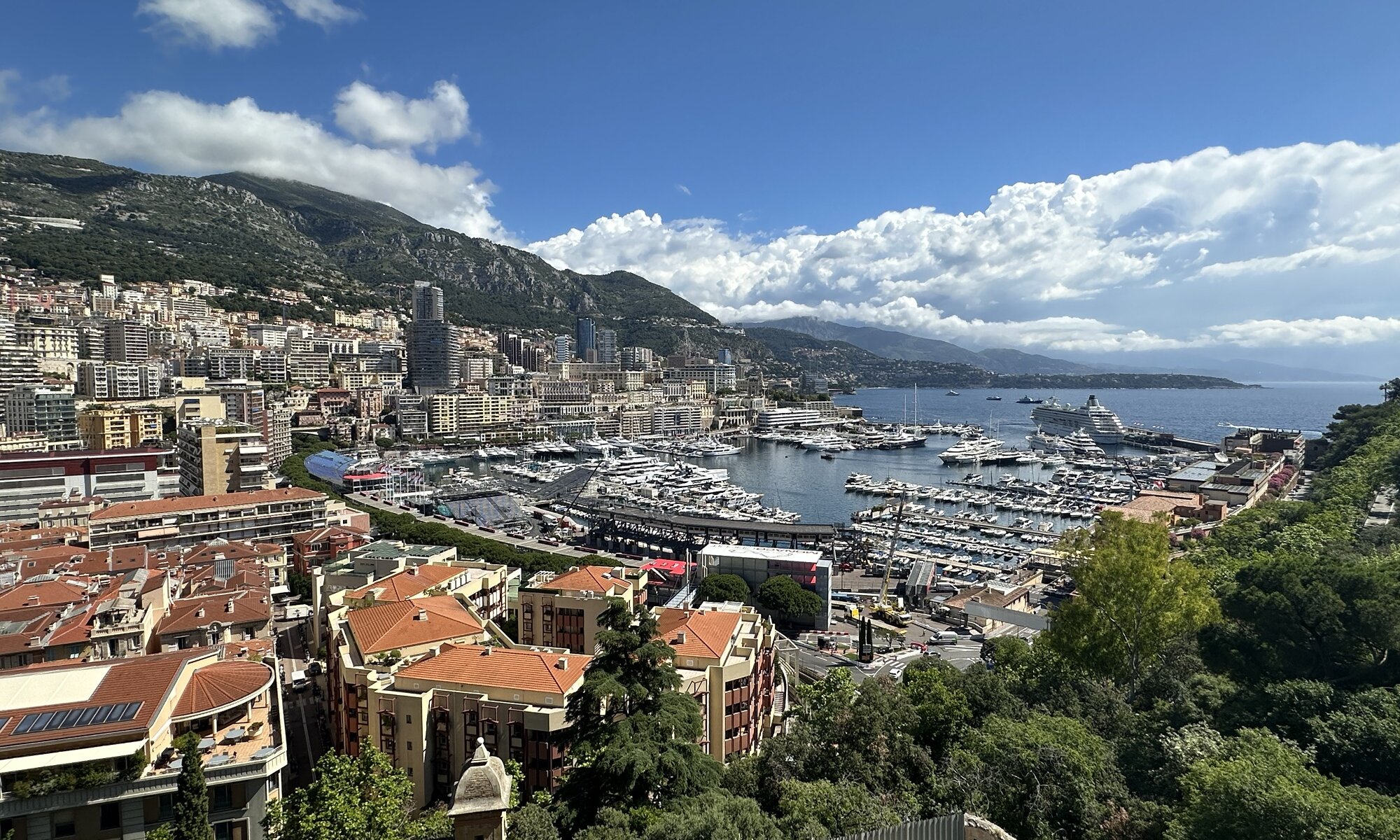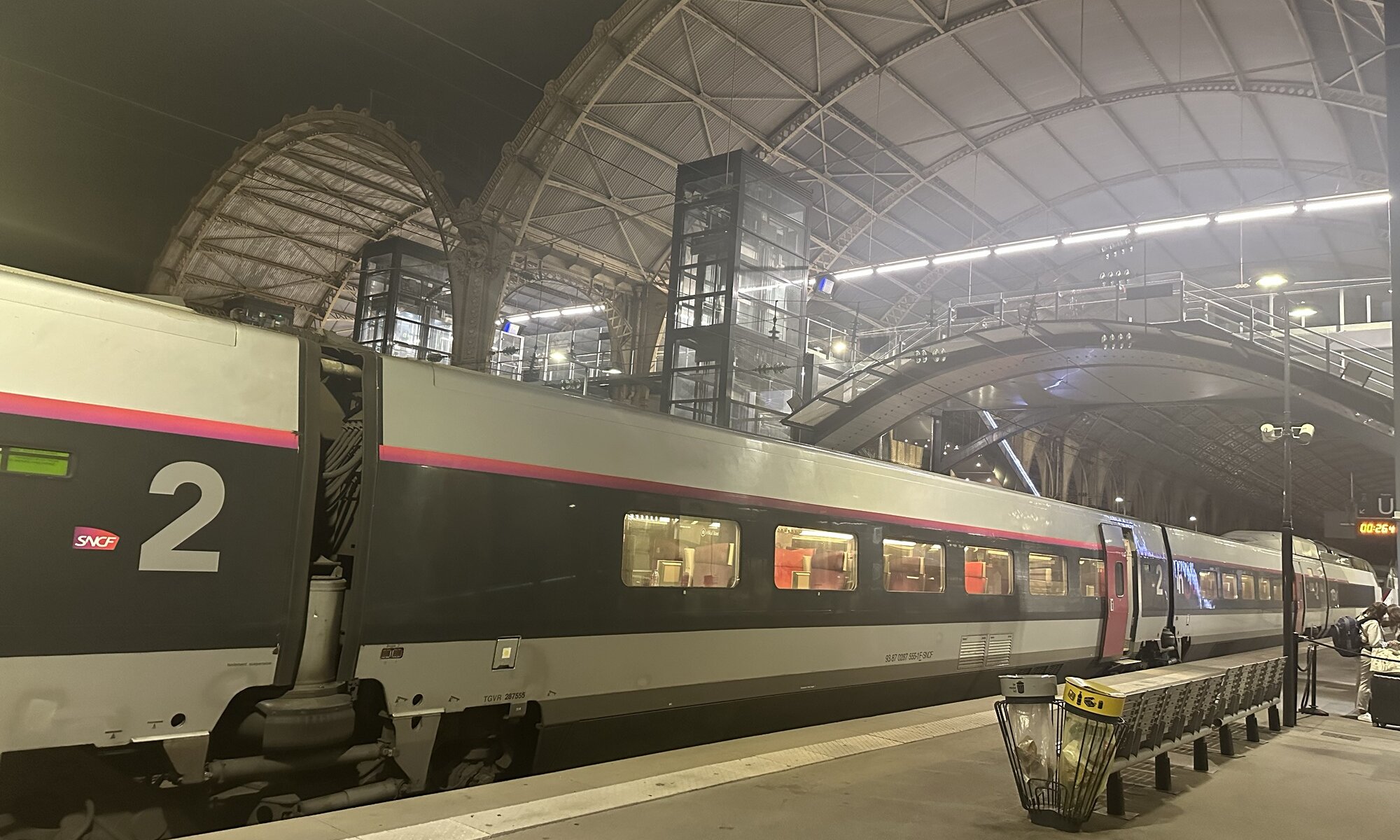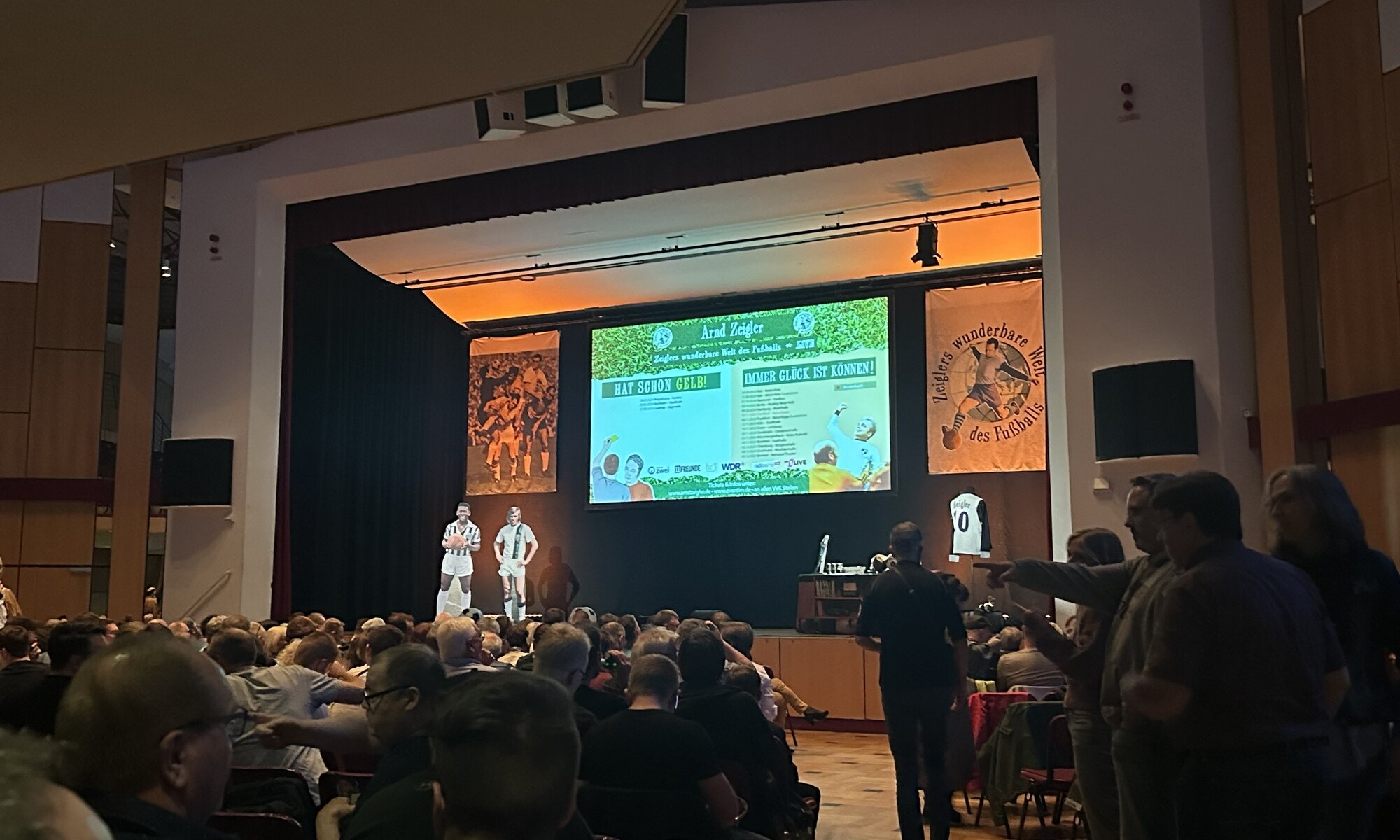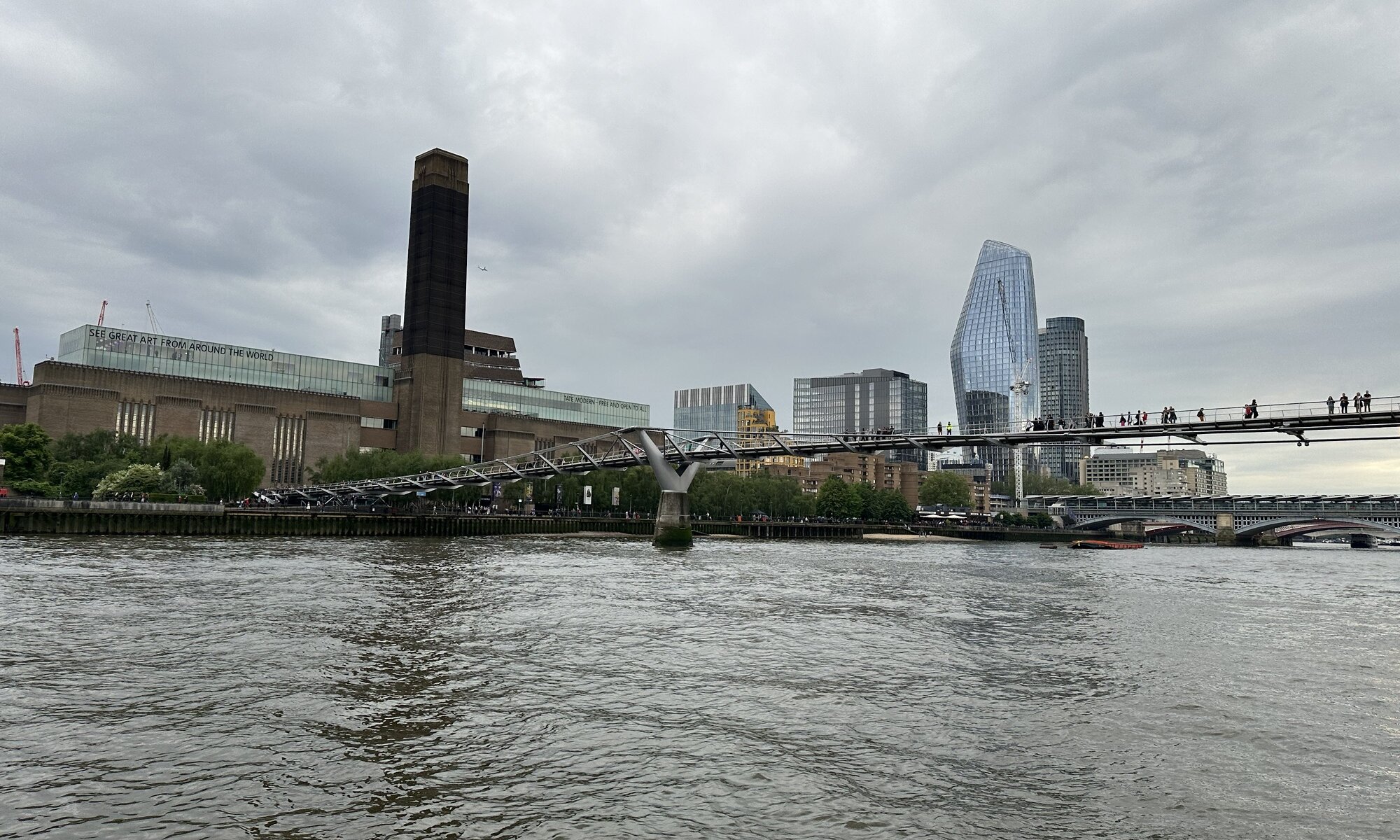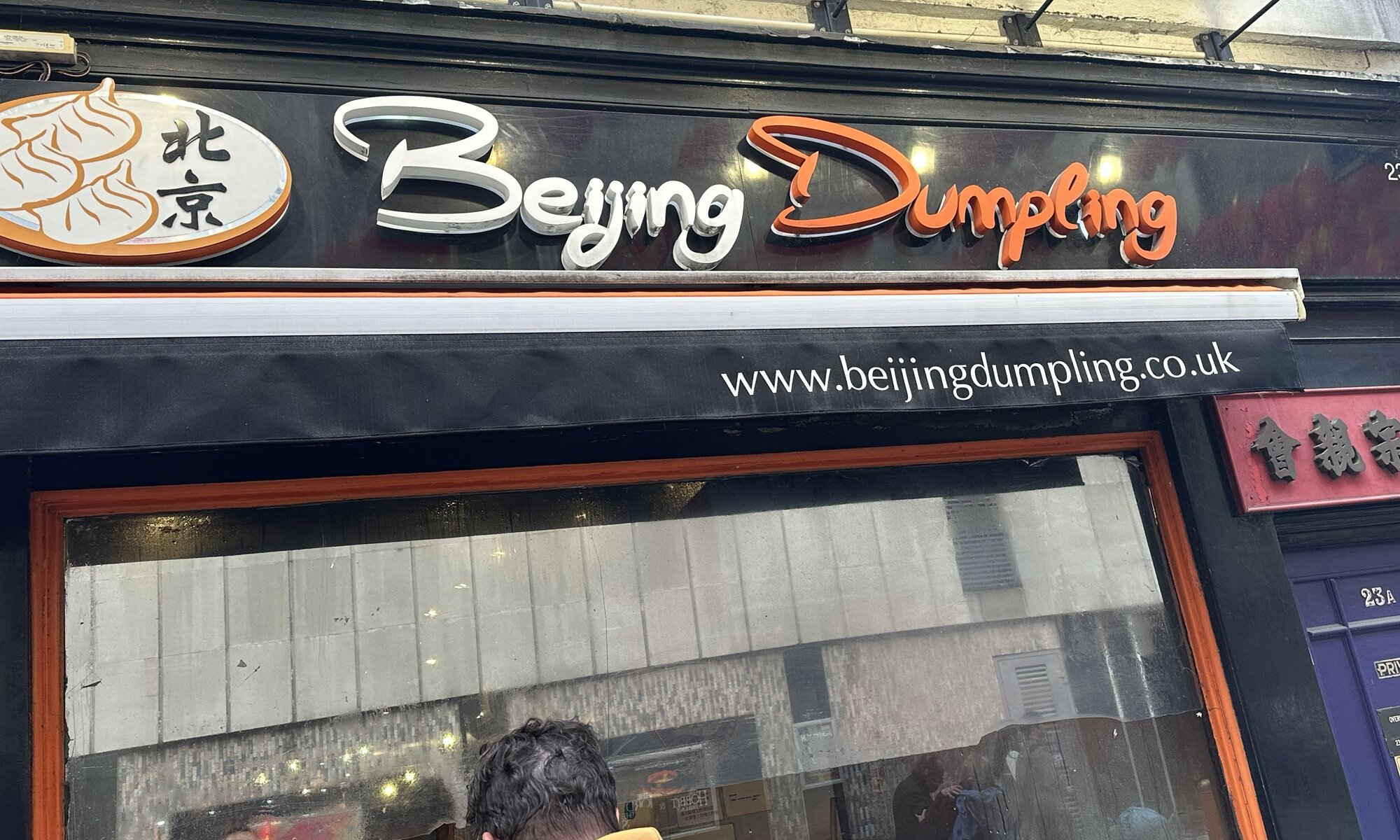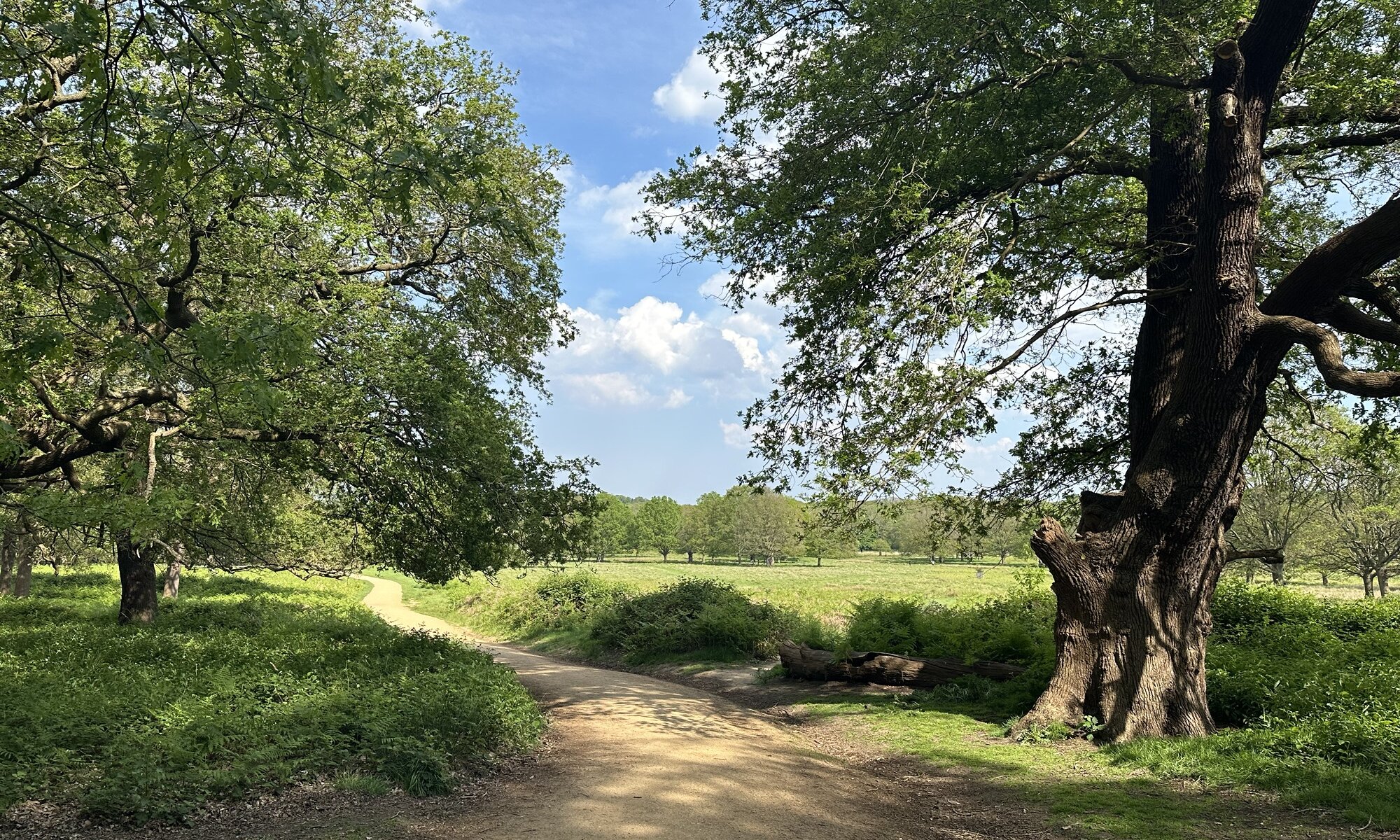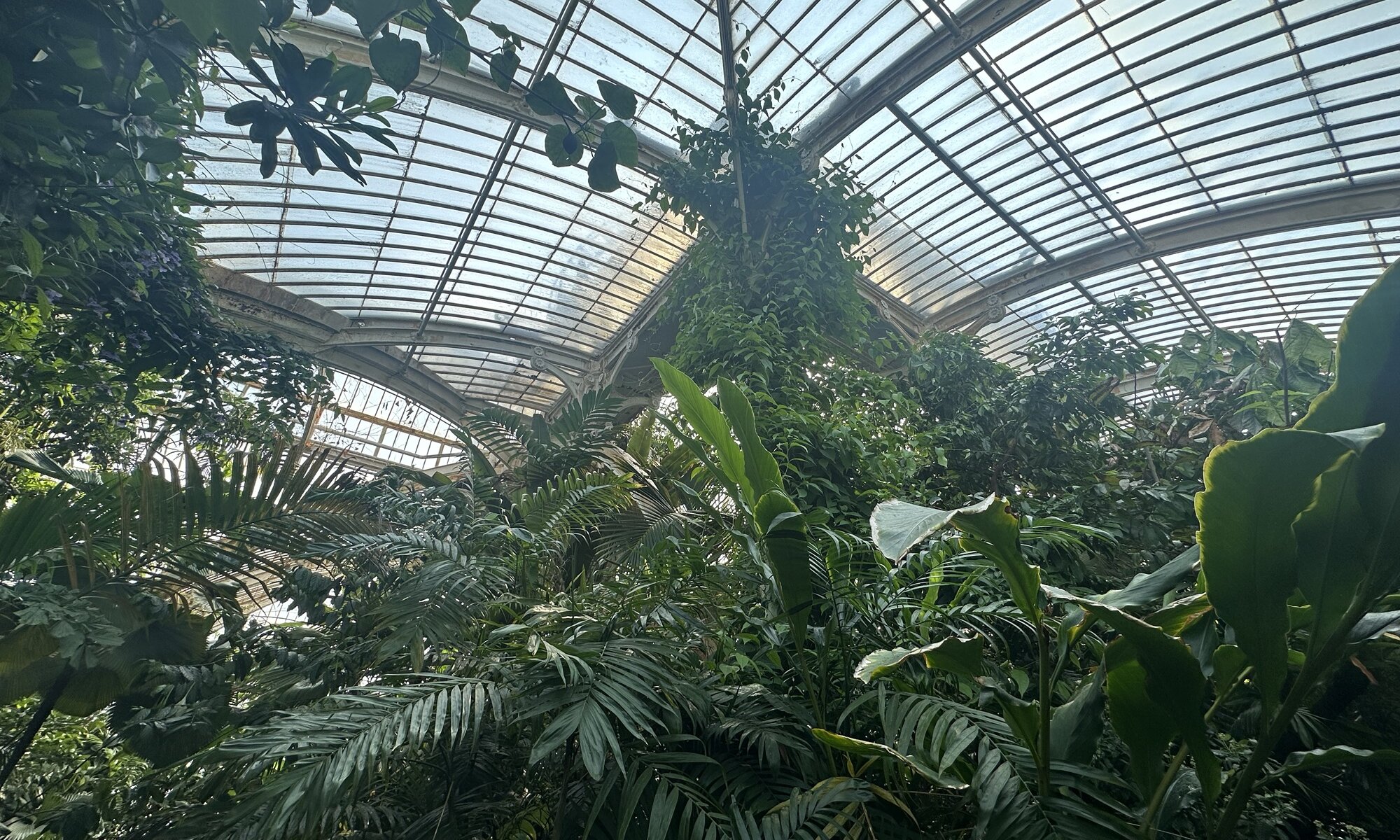On the rock that hosts the historic old town of Monaco you can find the main church of the country, the cathedral Notre-Dame-Immaculée. It is located between the Palais Princier and the Musée Océanographique; the wonderful Jardins Saint-Martin begin directly next to it. The church is the burial site of the Grimaldi family reigning Monaco – rulers of the country during the last 500 years have found their final rest here. The current church itself was built from the year 1875 on the walls of an earlier church building and was inaugurated in 1911.
Continue reading “Gracia Patricia”Palais Princier
When you walk on foot up to the rock (le Rocher) hosting the old city center of Monaco you’ll pass the stone walls and through the ancient city gate – after that you’re standing directly in front of the Palais Princier de Monaco, the seat of the sovereign prince. The oldest parts of the home of the Grimaldi family date back to the year 1191 when this place was a fortress of the Republic of Genoa. Since 1520 it has evolved into a royal palace with all amenities and a changing of the guard ceremony every day at 11:55.
Continue reading “Palais Princier”Monte-Carlo
It is just a city quarter of Monaco, but Monte-Carlo (or Munte-Carlu in local language) is very well known: for the Rallye Automobile de Monte-Carlo but especially for the famous casino. The Casino de Monte Carlo building surrounded by a park high above Port Hercule dates back to the year 1858 and even if you’ve never been there you’ve probably seen it before: in James Bond movies like Casino Royale (2006), Golden Eye (1995) or Never Say Never Again (1983). Getting into it is rather cheap (17 Euros) – but you need to wear a suite and a tie.
Continue reading “Monte-Carlo”Pit Stop
Every year the eyes of the world turn to Monaco for the Formula 1 Grand Prix when the fast cars race through the narrow streets of the city and pass along the Casino as well as the Port Hercule. But Monaco as one of those microstates in Europe, fully surrounded by France, is always worth a visit. It is reigned by prince Albert II, became independent from France in 1489, has 40,000 inhabitants (thereof 8,000 citizens) and can be considered one of the safest places in the world with one policeman and -woman per inhabitant.
Continue reading “Pit Stop”Respectueux du climat
When I had given myself the mission to visit my hitherto unseen European microstates (Liechtenstein, Monaco, San Marino and Andorra) I immediately thought that this should be possible in an eco-friendly manner. Reaching Liechtenstein with Deutsche Bahn and SNCF was hassle-free, but the trip to Monaco was a very long one with many things that could go wrong. I tried it anyway.
Continue reading “Respectueux du climat”Basement
German cities need to have a Stadthalle, an event hall for concerts and other cultural events. People in smaller towns often have a special connection to these places as they go there multiple times in live and especially graduation ceremonies take place within. This also true for the Stadthalle of Northeim in southern Lower Saxony – their local pearl was build in the 90s gives space for up to 700 spectators.
Continue reading “Basement”Cruising
Visiting London also means visiting the river Thames. I’ve spent many hours at its riverbank, crossed it endless times via bridges and using the Greenwich foot tunnel. So far I hadn’t taken the opportunity to go by boat on the lifeline of the city which is an easy pleasure: you don’t need to find a commercial tour operator, there are ferry boats that you can use just like any other means of transport. You can just tap in and out with your credit card and it doesn’t cost a fortune.
Continue reading “Cruising”Beijing Dumpling
Chinatown is a part of London crammed with Chinese-run restaurant and shops. It is located north of Leicester Square around the Gerrard street. If you’re looking for good and authentic Chinese cuisine this is your place to be! Don’t skip this experience because you might probably have to wait in front of one of the tiny-looking restaurants – they’re larger than you might think especially as the cellars are used for dining as well and the waiters are experts in packing the restaurant with guests pretty fast.
Continue reading “Beijing Dumpling”Richmond Park
Sometimes it is such a bless to leave the city of London, especially on a sunny weekend. One of the best options for that is the vast Richmond Park located between Richmond and Kingston. It was once a royal hunting ground created for king Edward I and is today the largest of all royal parks in the city. And it is still connected to its history as there are 650 deer that roam the park freely – a very unexpected pleasure in an urban agglomeration like the capital city of the United Kingdom.
Continue reading “Richmond Park”Kew Gardens
After some days at the city center of London you might probably want to get a little bit outside of the city and relax in a green environment. The perfect place for that are the Royal Botanic Gardens or Kew Gardens at Richmond; a city quarter in the West. It is a UNESCO world heritage site dating back to the year 1638 CE and exhibiting plants from all parts of the world next to Victorian-era greenhouses and vast gardens that give you a quiet and peaceful place to sit down, relax and maybe read a book.
Continue reading “Kew Gardens”